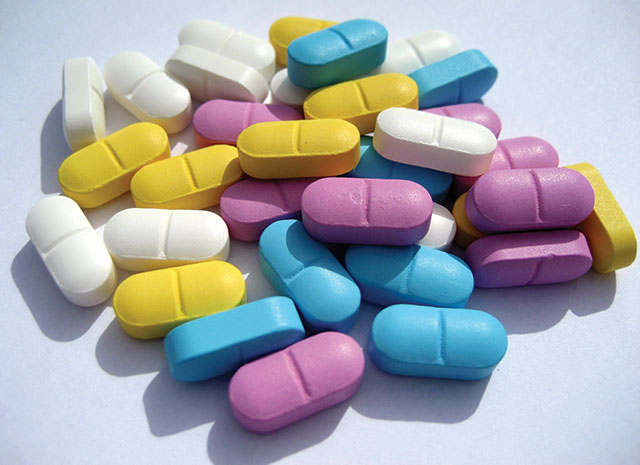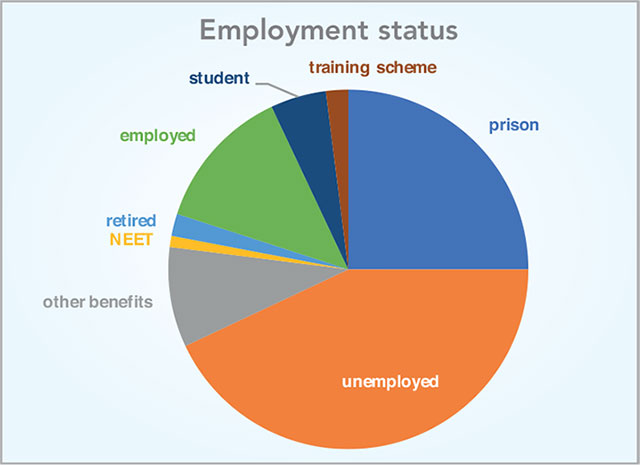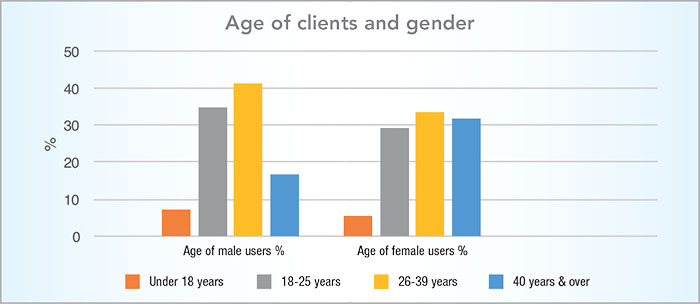Drug misuse


agendaNi outlines the annual headline figures from the Northern Ireland drug misuse database.
Between April 2015 and March 2016 more than 2,200 clients in Northern Ireland presented to services for problem drug misuse for either the first time or the first time in six months. The majority of these clients were male (79 per cent) and, generally, men presenting had a younger average age than women. Of the men presenting, the majority (83 per cent) were aged under 40. Males were also the dominant sex for drug misuse among the prison population, which makes up a quarter (25 per cent) of the total client population.
A total of 84 per cent of clients said that they used at least one drug on a daily basis. Cannabis was the most commonly used drug among the clients (66 per cent), followed by benzodiazepines (37 per cent) and cocaine (35 per cent). A total of 84 per cent said that they used one drug on a daily basis.
Two-fifths of those presenting for treatment (40 per cent) had misused just one drug, but worryingly 23 per cent had taken two and 19 per cent had taken four or more drugs.
Females were twice as likely to misuse prescription drugs compared to males. Of the 23 per cent of those presenting who had taken at least one prescription drug, 38 per cent were female compared to 19 per cent male.
Alcohol problems were reported by 32 per cent of presenting clients, with 14 per cent of the overall total reporting it as their main problem.
Treatment
Over half of clients (55 per cent) were offered a single treatment, while 28 per cent were offered two. Of the treatments offered, counselling (78 per cent) was the most common, followed by education/information (47 per cent) and mentoring.
More than a quarter of those presenting (26 per cent) had previously received treatment for drug misuse and 75 per cent of these clients had previously received treatment in the form of counselling.
Two fifths of all clients (43 per cent) chose to attend for treatment, while 35 per cent were required to attend and 22 per cent were persuaded by others.
Of the 11 per cent who admitted to injecting their drugs at some point, one third said that they had shared injecting paraphernalia. Females (54 per cent) were five times more likely to have done this.
Other than the 25 per cent that were in prison, 43 per cent were unemployed and 2 per cent were retired. Over 13 per cent were in employment, while 5 per cent were students. One fifth (34 per cent) of those presenting reported having dependent children.
Use of hypnotic drugs rose by 3 per cent to 84 per cent from 2014/15 to 2015/16 among males while there was no substantial change among females. Neither cannabis or benzodiazepines showed a change in usage. In terms of stimulants, use among males decreased by 3 per cent over the year to 50 per cent and female levels stayed similar. Use of mephedrone decreased from 17 per cent to 10 per cent overall, however, use of new psychoactive substances rose from 4 to 7 per cent. Use of opioid analgesic drugs, as well as use of codeine and other opiates, all decreased over the year but use of tramadol and of heroin remained largely the same.








